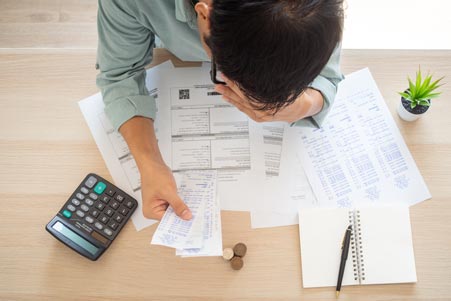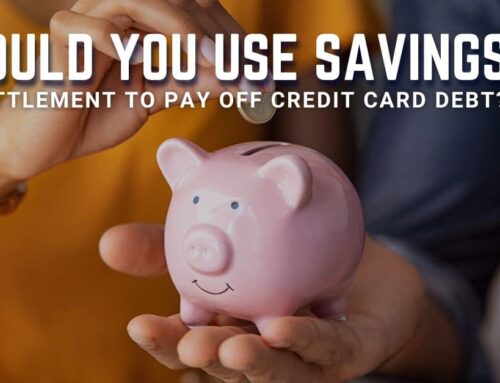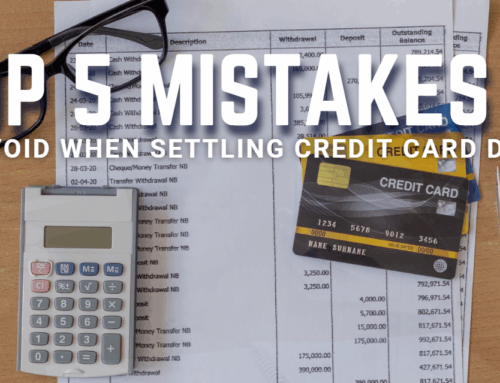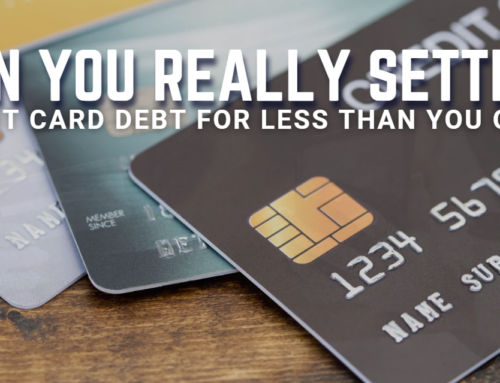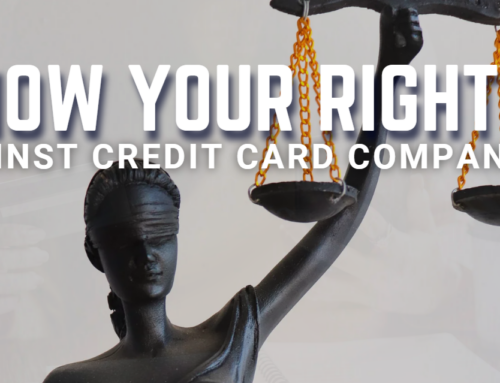A $500 surprise expense would put most Americans into debt
While the jobless rate is going up and up, most Americans are on the verge of financial disaster. How so? Well, fifty-seven percent of Americans don’t have enough cash to cover a $500 unexpected expense, according to a Bankrate survey that interviewed 1,003 people over the age of 18. This study doesn’t account for current debt, extra expenses beyond living expenses and other factors.
The findings shed light on how many households continue to struggle with their basic finances more than seven years after the official end to the recession. Despite steady job growth during the Obama administration, wages have been slow to recover, with the typical American household still earning 2.4 percent below what they brought home in 1999, when income peaked. At the same time, costs for essentials such as housing and child care have surged faster than the rate of inflation, placing stress on household budgets.
“It’s not a matter of if, but when an unexpected expense will pop up,” Jill Cornfield, a Bankrate.com analyst, said in a statement. “If you have a car, a house or apartment, a pet, or a kid – if you’re a member of the human race – something that costs money is bound to go wrong.”
About four out of 10 Americans said they had enough in savings to cover a surprise $500 expense. Another 21 percent said they would rely on a credit card, while 20 percent said they’d cut back on other expenses. Another 11 percent said they’d turn to family or friends for the money.
Dining out is the first place where consumers would cut back, with six out of 10 respondents saying they would eat out less. The least likely expense to face the chopping block? Mobile phone plans, with the survey finding that only 35 percent said they would cut back on their wireless plans to save money.
Americans who earn more than $75,000 per year — about a third more than the typical U.S. household earns — report more savings on hand, although almost half said they wouldn’t be able to cover a $500 surprise expense. Millennials represent the generation most equipped to handle an emergency cost, with 47 percent saying they have enough in savings to cover one.
The findings echo research published last year by the Federal Reserve, which polled more than 5,600 Americans on their household finances. Forty-six percent of respondents said they would be challenged to come up with $400 to cover an emergency expense, and would likely borrow or sell something to afford it. When the Fed asked what types of emergency expenses Americans had actually faced in the last year, more than one out of five cited a major unexpected medical expense. The average expense: $2,782, or almost seven times higher than the Fed’s hypothetical $400 surprise bill.
Other types of hardships reported by Americans included losing a job, suffering from reduced work hours or receiving a foreclosure or eviction notice.
Many Americans remain ill-prepared for such a financial disruption,” the Federal Reserve noted. “While slightly more Americans have a safety net to withstand a small financial disruption than was the case in recent years, nearly half lack the resources to easily handle such an event.”

